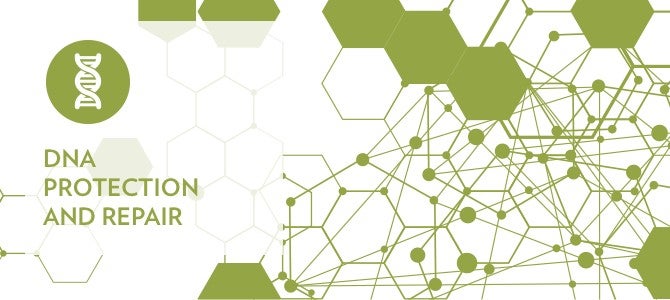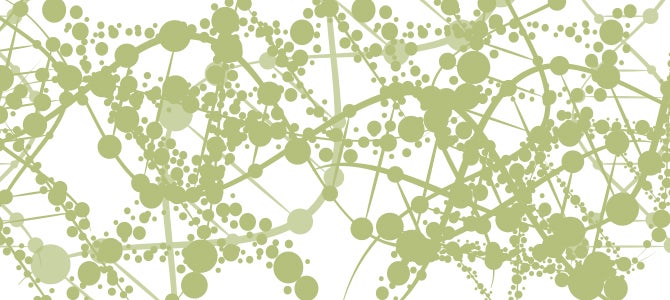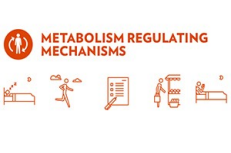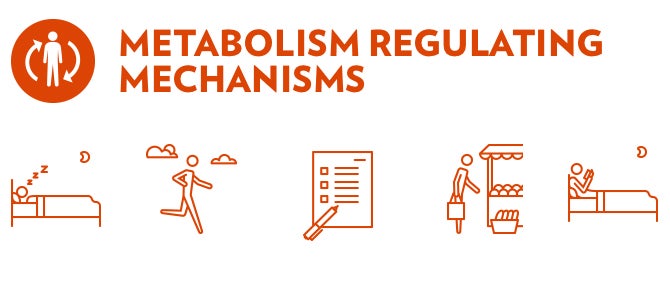DNA Protection and Repair Mechanisms
October 10, 2016

Have you ever stopped and wondered if your DNA is functioning properly? If you never have, you’re not alone. Although your DNA processes aren’t always on your mind, protecting and repairing your DNA is vitally important to maintaining your health.
THE ROLE OF DNA PROTECTION AND REPAIR
If you’re not familiar with DNA, you can think of it as the command center of your cells. Cells depend on DNA to understand how to build the structural and functional proteins they need. So in order to stay healthy, the information held within your DNA must maintain its integrity and stability to ensure the proper commands are carried out inside the cell.
To accomplish this, your DNA is not only tucked away deep inside the cell, but it also has protection mechanisms, like telomeres. In the same way that shoelaces have caps at the ends to protect against fraying, telomeres provide protection for your DNA strands. Telomeres are essential for stabilizing DNA, defending against DNA mutations, and maintaining proper control of the cell’s life cycle.

Yet, even with these protections, your DNA is still constantly exposed to damaging factors like free radicals and metabolic byproducts that can change its structure—and even its composition. In fact, scientists have estimated that “an individual cell can suffer up to one million DNA changes per day!”1
To counter these changes, your cells have mechanisms to repair DNA, including repair enzymes, which can recognize and correct DNA damage. You might think of your DNA as a written essay and your repair enzymes as proofreaders who review your DNA’s message and correct any mistakes.
HOW DNA PROTECTION AND REPAIR IMPACTS YOUR HEALTH
Unfortunately, with age and unhealthy lifestyle choices, DNA damaging factors increase and DNA protection and repair mechanisms decline. This can lead to progressively more damaged and unstable DNA over time.
This dysregulation leads to mismanagement of critical cellular functions and interferes with the healthy management of cell life cycles. It is no surprise that this decline of your cell’s command center has direct implications to health and performance throughout your entire body. While you may not directly feel your DNA, you most certainly will feel its impact in the aging process. So start making positive dietary or lifestyle choices today to help support your DNA.

Written by:
Steven Tolboe
Technical Communication & Education Manager
Pharmanex
Sources:
1) Clancy, S. (2008) DNA damage & repair: mechanisms for maintaining DNA integrity. Nature Education 1(1):103

 banner.jpg)

